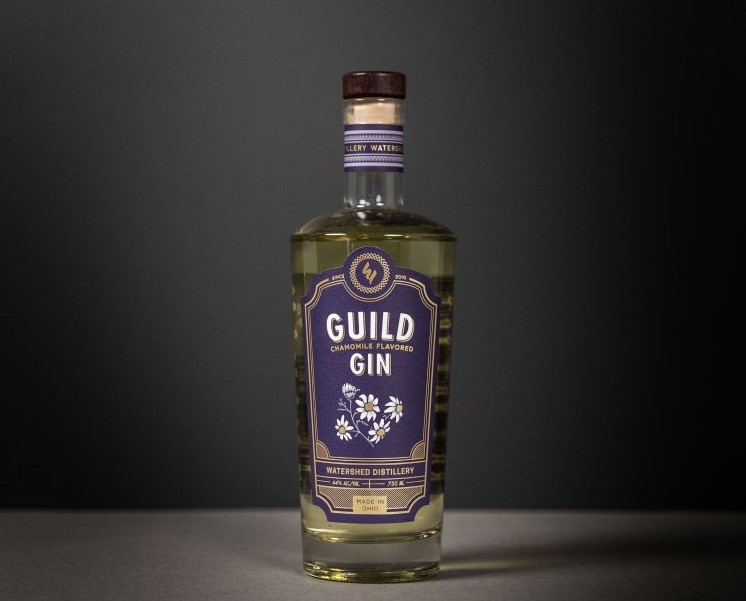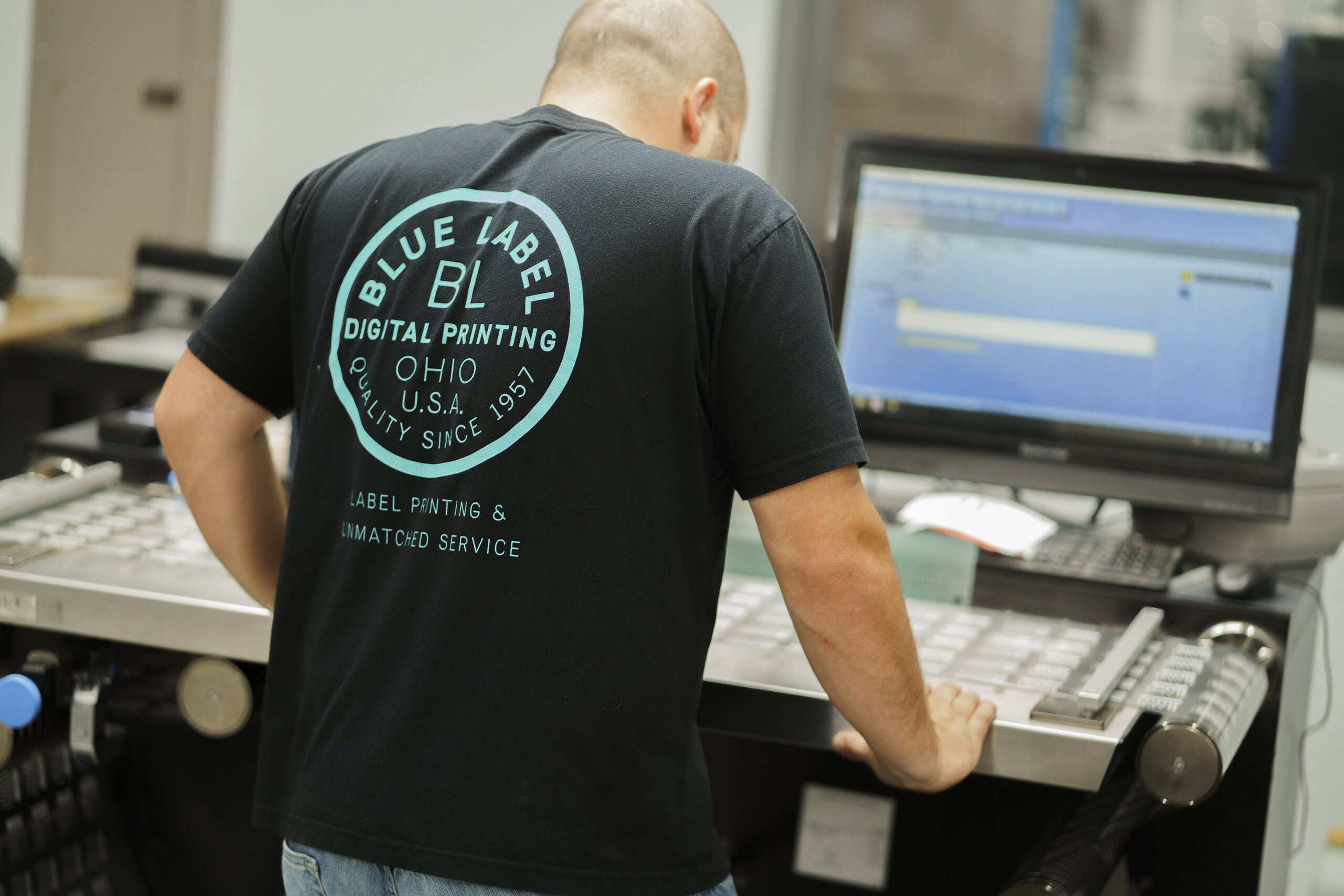3 Key Considerations When Designing Labels for Bottlenecks
Use Your Extra Space Wisely
Bottleneck labels provide you with a very important gift: more design space. Once you have more design space, you need to figure out what you want to do with that space to showcase your branding and attract consumers. You could use it to showcase your logo, add additional information that couldn’t quite fit on your main product label, or use it as a decorative seal for spirits and other classy products.
Want to add a show-stopping pop to your bottleneck? Hot foil stamping makes your logo stand out on the bottleneck in a whole new way, or simply mirror the design on your main product label. You can also opt for a new twist on your branding, such as an alternate logo or variable bottleneck labels catered to specific versions or flavors of your products.
When it comes to adding information, you can utilize the bottleneck to showcase certain messaging. Have a company motto, saying, or some other language to intrigue buyers? A bottleneck label is a perfect spot for these types of branding efforts. You can even use the extra space to make intriguing health claims for food or dietary supplements, as long as they comply with FDA guidelines.
You can also use the bottleneck as a place to include certain regulatory info to free up space on your body label. This is particularly useful for alcohol and other heavily regulated products, although you need to make sure you follow the rules for mandatory label information placement. Whether it’s decoration or compliance, bottlenecks give you the space you need to do what you want to showcase your bottled product.

Taper Your Bottlenecks (if Necessary)
The shape of a bottle plays a major role in how you design a label. That same philosophy extends to bottleneck labels as well.
The neck and body of a bottle can have different shapes. For example, a standard beer bottle has a cylindrical body, but the neck has a slight taper to it. Other containers, such as spirits or wine bottles, may have cylindrical necks as well as bodies. As a result, you’ll need to measure both the body and the neck to see if you should taper one or both labels.
If the neck of your bottle is tapered, you’ll need to adjust your design. A standard label shape placed on a tapered container will look uneven and can cause the label itself to crease or bulge. The tapering process is a bit tricky, so we’ve provided guidelines on how to taper labels in another blog post for you, just in case.
Factor in Bottle Conditions
Sometimes designing labels is like picking out an outfit – a snazzy dress shirt with no jacket isn’t going to help if it rains. If you want that design to shine, you better consider potential environmental factors so that you can protect it from damage. Water resistance is one typical consideration for bottle labels, but everything from sunlight to scuffs and scratches pose future problems for all parts of your bottle.
Protective coatings like laminates and varnishes help shield your design from outside factors that will cause your labels to warp, scratch, or fall right off the bottle. This extra level of defense can help you ensure that your label design stays looking great. A varnish can double as a decorative effect as well. For example, a spot varnish can add a gloss sheen to a specific element of your design, helping your bottle neck label stand out even further.

Find the Right Printing Company
A great label still needs a printing company that can do your design justice. Not only is it important to find a printer that has all the technical capabilities required to bring your design to life, it’s also key that this company works with you to identify any specific issues and potential solutions to make sure your labels both look great and perform as expected.
Blue Label is ready to work with you to print the perfect bottle labels for your products. Contact Blue Label today to talk to one of our experts about your next label project and how we can help.